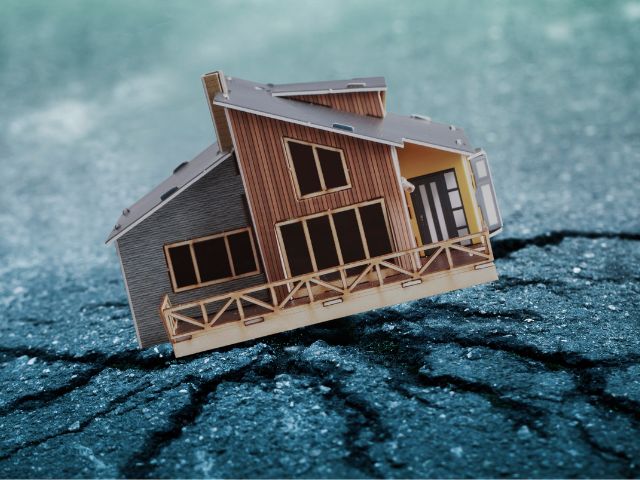
 education
education 
Living in an earthquake-prone region requires proactive measures to ensure the safety and resilience of our homes. Here, we will explore how to make your home more earthquake resistant. By understanding the risks, reinforcing critical areas, and securing your belongings, you can increase the structural integrity of your home and protect yourself in the event of an earthquake.
Begin by researching and understanding the specific earthquake risks in your area. Consult local seismic activity reports and geological surveys to gain insights into potential hazards. This knowledge will help you tailor your preparations to address your region’s unique challenges.
The foundation is the backbone of your home’s structural stability. Have a professional inspect your foundation for any signs of damage or weakness. Address issues such as cracks, settling, or inadequate reinforcement to ensure its resilience during an earthquake. Consider reinforcing your foundation with additional steel or installing foundation underpinning if necessary. This doesn’t have to be expensive, as you can underpin your home on a budget.
Identify load-bearing walls in your home and reinforce them to withstand seismic forces. Consult a structural engineer to determine the appropriate measures for strengthening these walls, such as adding steel braces, plywood sheathing, or retrofitting techniques. Reinforcing load-bearing walls helps distribute the seismic energy evenly throughout the structure.
Flexible gas and water line connections are essential to prevent leaks or ruptures during earthquakes. Contract a professional plumber to install flexible connectors that can absorb movement and minimize the risk of gas or water line breakages. These flexible connections can greatly reduce the potential for hazardous situations and further damage to your home.
Unsecured furniture and decor items can become dangerous projectiles during an earthquake. Anchor heavy furniture, bookshelves, and appliances to the wall using brackets or straps. Likewise, securely fasten artwork, mirrors, and hanging items to prevent them from falling and causing injury.
Windows are vulnerable during earthquakes, posing a risk of shattered glass. Apply safety film to windows to reinforce them. Safety film does not prevent glass from breaking, but it does hold shattered glass together, reducing the potential for injury.
Understand the seismic risks in your area, address your foundation, strengthen load-bearing walls, install flexible gas and water line connections, secure furniture and decor, and apply safety film to windows. Following these steps is how you can make your home more earthquake resistant.
24World Media does not take any responsibility of the information you see on this page. The content this page contains is from independent third-party content provider. If you have any concerns regarding the content, please free to write us here: contact@24worldmedia.com